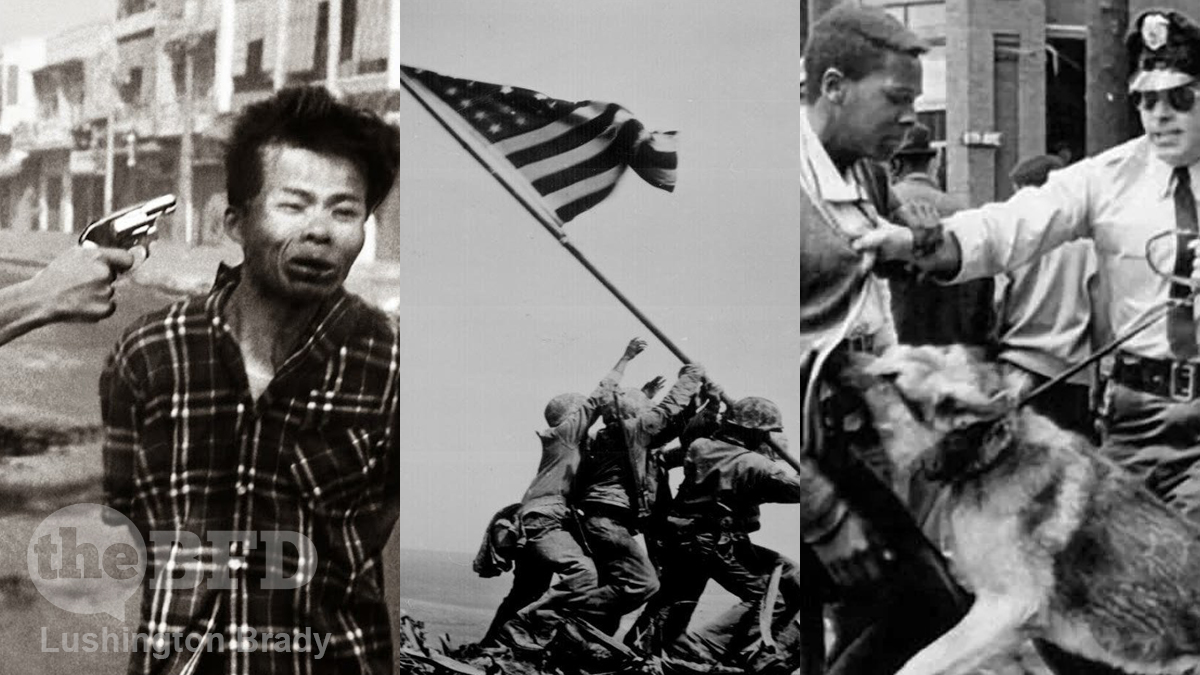The old saying that “the camera never lies” was always debatable: photographic trickery has been around since at least 1839, when Hippolyte Bayard faked a photo of his supposedly drowned corpse. The advent of Photoshop and other software has made the truthfulness of the photographic image even more suspect.
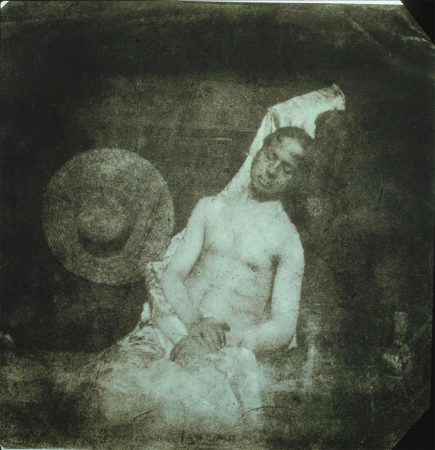
But a photo doesn’t need to be faked in order for it to deceive, either intentionally or not. In fact, as often as not, real images are misinterpreted — with sometimes disastrous consequences for their subjects. Some of the most famous photos in history changed the lives of the people in them: for the worst and for the wrong reasons.
The Iwo Jima flag raising
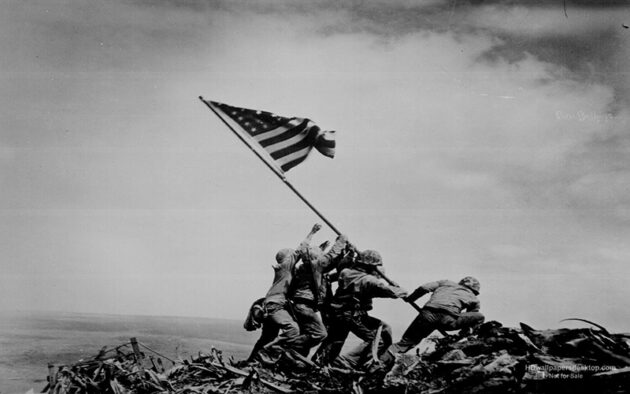
The image is truly iconic: marines raising the US flag atop Mount Suribachi during the brutal battle of Iwo Jima. It’s one of the most recognisable images of the US in WWII and was used as the basis for the Marine Corps War Memorial. Three of the six marines were later killed in battle: the three survivors were feted — rightly enough — as American heroes. But for one of them, the fame only led to tragedy.
Ira Hayes, one of the three, at first refused to even admit being in the photo because he knew he would be sent home. But he didn’t want to, as he saw it, desert his fellow soldiers. But the brass had their way, and Hayes was identified and sent home.
The deaths of so many of his friends became an albatross of guilt that hung around Hayes’ neck for the rest of his life. Hayes spiralled into depression and alcoholism. Hayes died of alcohol poisoning and exposure in 1955, aged just 32.
Peter Norman and the Black Power salute
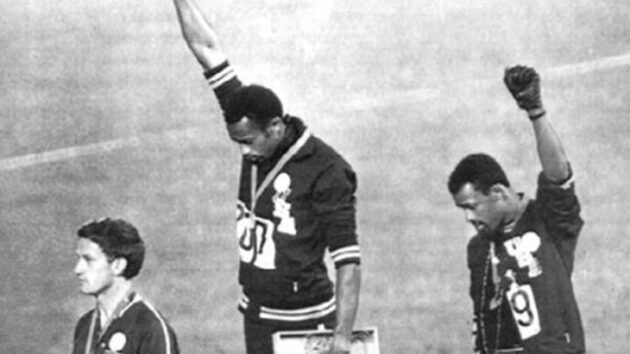
Peter Norman was an Australian runner who won the silver medal for the 200-metre race at the 1968 Mexico Olympics. The subsequent medal presentation ceremony became an iconic image when Norman’s fellow winners Tommie Smith and John Carlos made the “black power” salute during the Star Spangled Banner.
But Norman didn’t. Why? Because not only was Norman aware of what the black athletes were going to do, he’d joined them in planning it — in fact, he suggested the black gloves. They all also agreed that Norman, as the only white athlete, would sit the salute out.
But that’s not how the photograph was received: Norman was plagued with accusations that he was a racist for not joining in. At the same time, he copped flak from the sports establishment for being involved in the first place.
The poor bastard couldn’t win — literally. He was dropped from the ‘72 Munich team, despite easily qualifying. Peter Norman died in 2006: both Tommie Smith and John Carlos were pallbearers and delivered eulogies.
The “Saigon Execution” photo
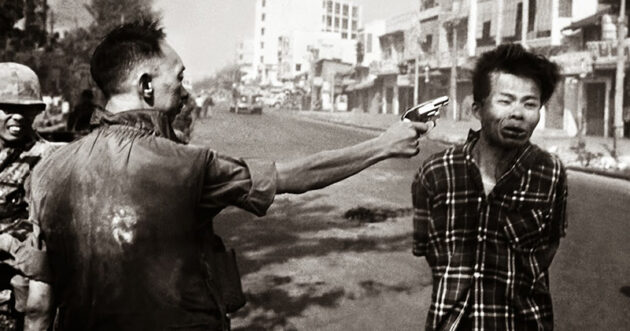
It’s one of the most famous images of the Vietnam War: a South Vietnamese officer walks up to a bound Viet Cong prisoner and callously shoots him in the head. It became a searing image of the brutality and immorality of the War.
But that’s not how its photographer, Eddie Adams, intended it — nor did he have any intention of blighting the life of General Nguyen Ngoc Loan, the executioner.
And the story behind it was far from what the anti-War brigade wanted to hear.
The prisoner, Nguyen Van Lém, was a Viet Cong death squad commander who had just been caught red-handed at the massacre of 34 South Vietnamese police and their families, including children and an 80-year-old woman. More to the point, Lém was in civilian clothes, not uniform: his execution was completely legal.
But the photograph blighted Loan’s life, both immediately after and for decades later. When Loan was later flown to Australia for a leg amputation, the hospital refused him treatment. After the War, Loan moved to America and opened a pizza restaurant: protesters accosted him at his restaurant, threatening his life and vandalising his business.
Loan closed his restaurant in 1991, and died of cancer in 1998, just 67 years old.
White policeman setting dog on black civil rights protester
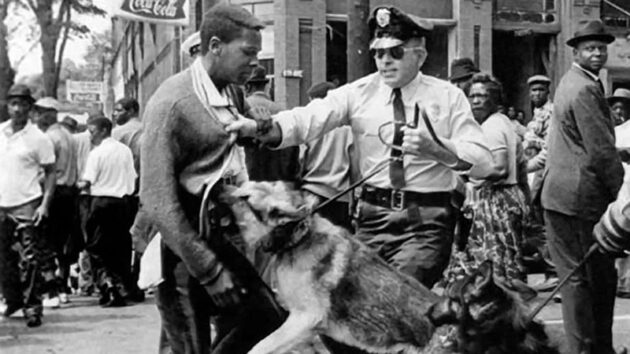
It’s the epitome of the Jim Crow South and the Civil Rights struggle: a racist white cop sets his savage dog on a black protester.
Except that that’s not what happened at all. The young black man was not protesting, and the cop was trying to save him from the dog.
The young black man was Walter Gadsden. He wasn’t taking part in the demonstration: he was just a bystander who got caught up in events. He wasn’t even afraid of large dogs, because he owned one himself.
The police officer was Dick Middleton, who, contrary to the “vicious, racist cop” narrative, was a mild-mannered man with a reputation for treating everyone fairly.
In all the pushing and shoving of the violent demonstration, Gadsden and Middleton were thrown together in an unintended confrontation. As Middleton was trying to move Gadsden on, Gadsden stumbled and fell. He grabbed Middleton’s arm for balance and his knee plunged into the German Shepherd, Leo’s throat (it’s reported that Leo required veterinary treatment).
Naturally, Leo, thinking both his master and himself under attack, reacted by lunging for Gadsden. At the instant that the photo was taken, Middleton was simultaneously grabbing Gadsden’s sweater, to shove him back, and dragging on Leo’s leash to pull him away.
But the image was a godsend for the Civil Rights leadership, who exploited it to the hilt.
Walter Gadsden wanted nothing to do with the fuss. When a journalist tracked him down, three decades later, he politely hung up. He is said to deny being the victim of police brutality and cannot understand the fuss about the picture. He recalls only that his parents were angry that he missed school that day.
Dick Middleton similarly faded into obscurity and his family have rebuffed all efforts to get them to talk. Still, for years, he was subjected to hate mail.
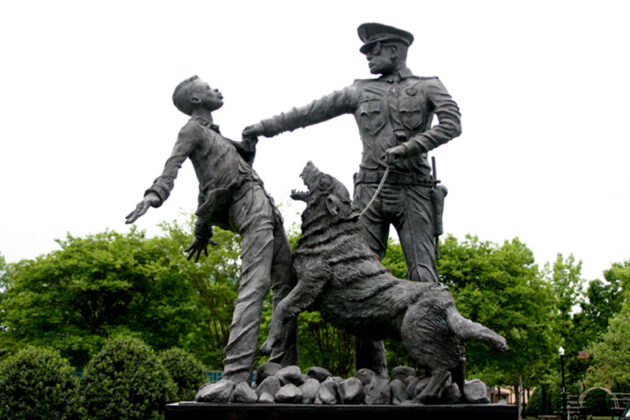
And their accidental confrontation has been literally cast in bronze as an icon of “systemic racism”. Walter Gadsden objects that the statue doesn’t even look like him. “There are too many, uh, well to be just blunt, crooked people,” he says.
Please share this article so that others can discover The BFD

